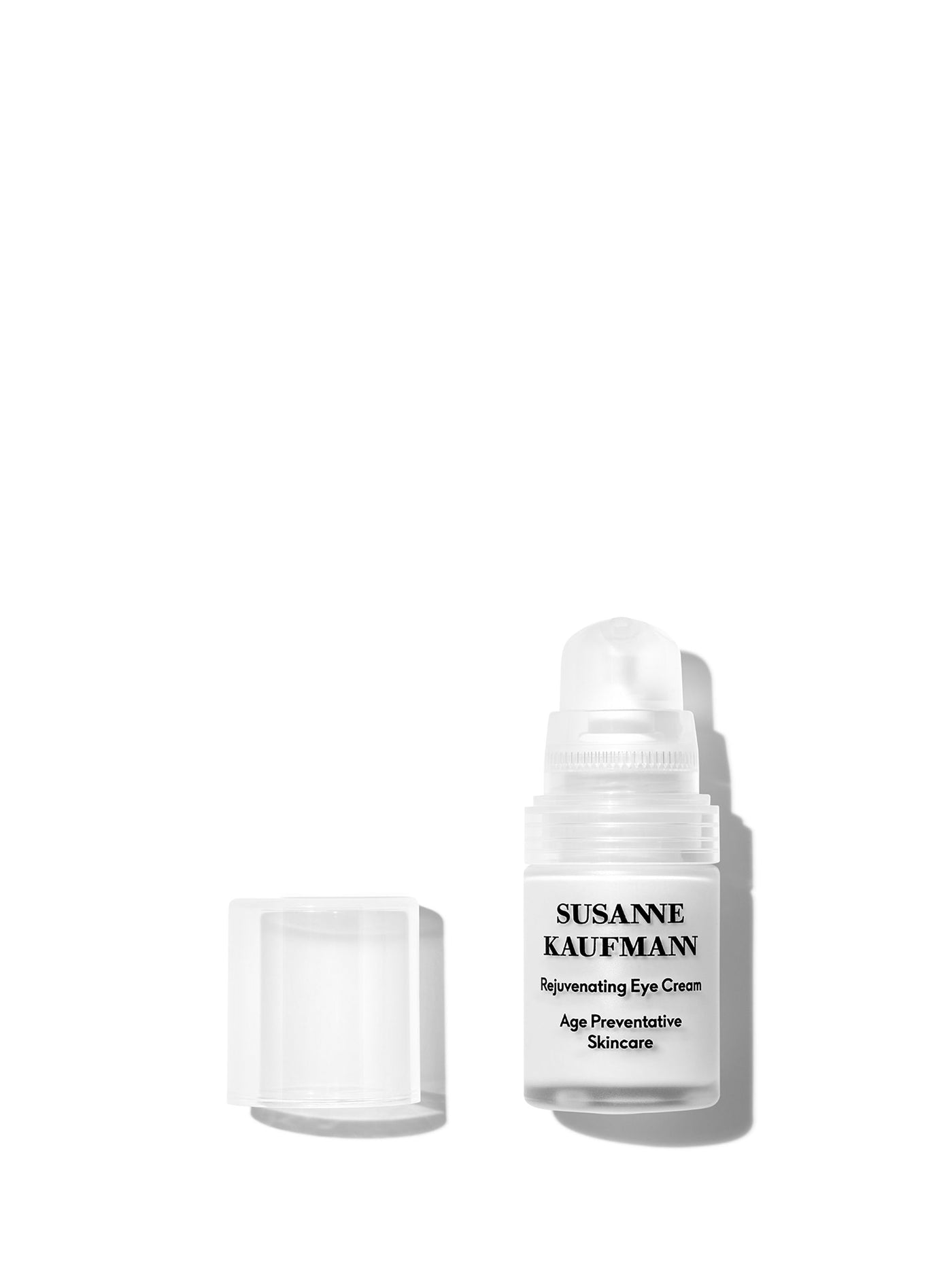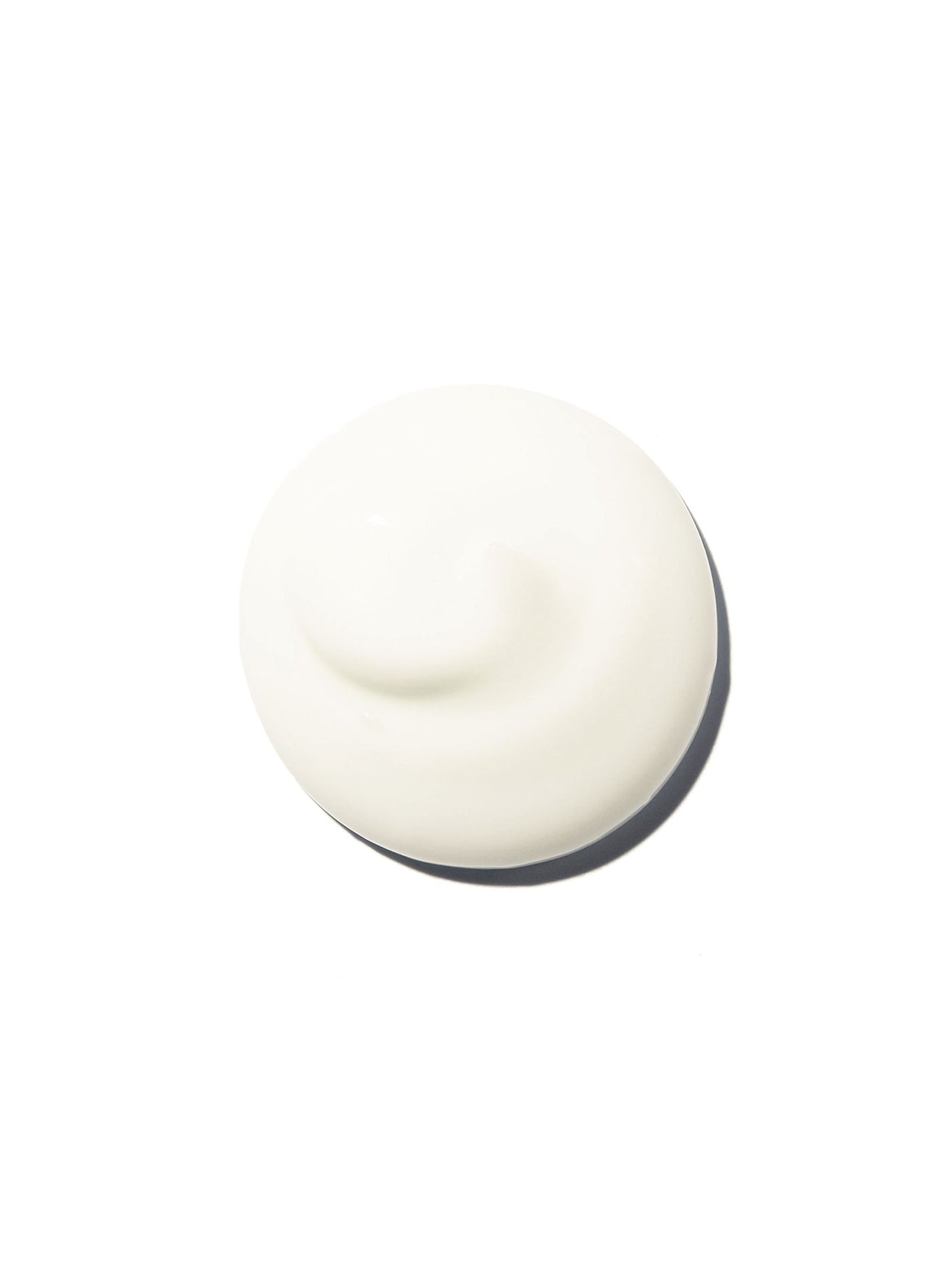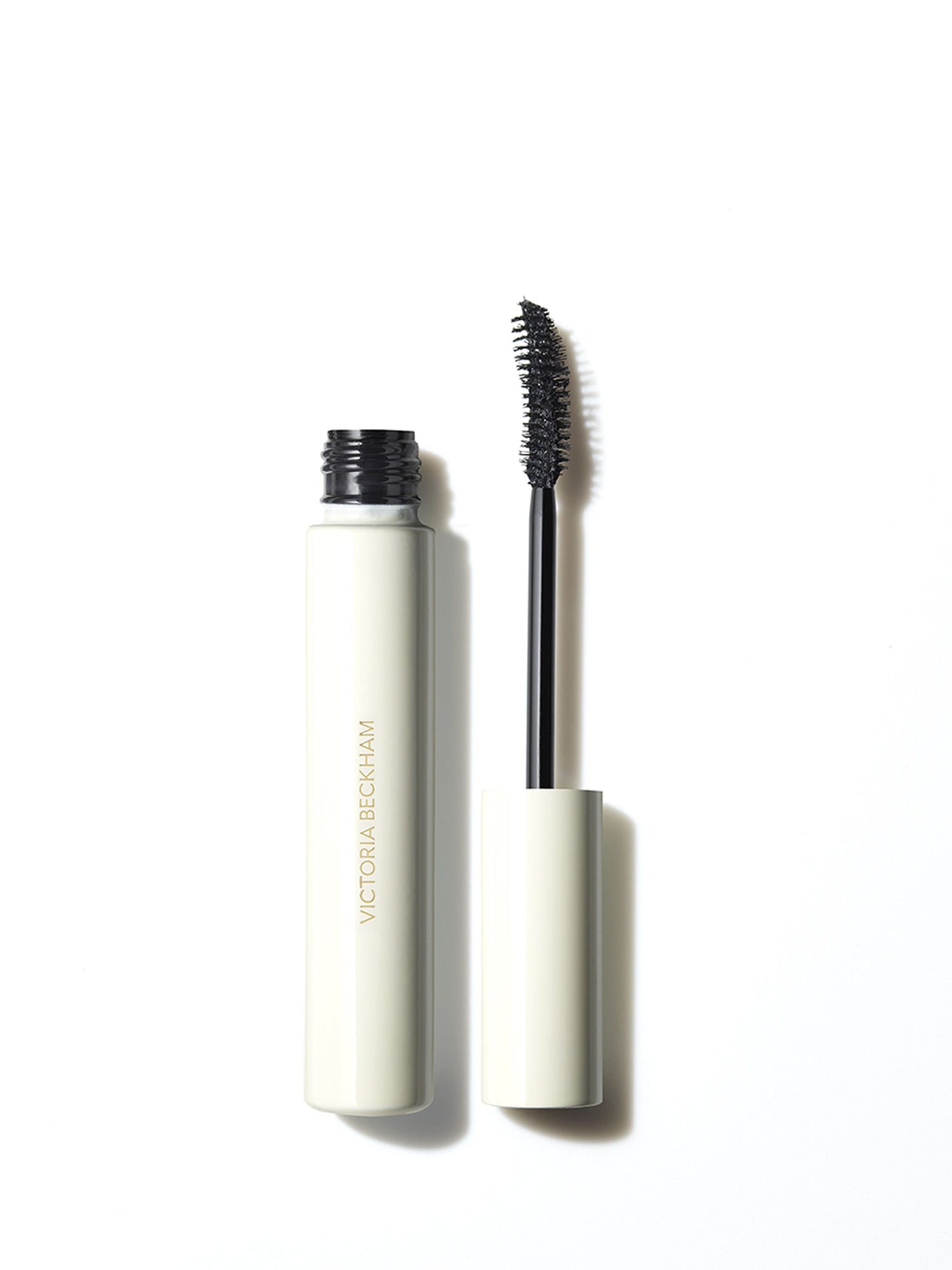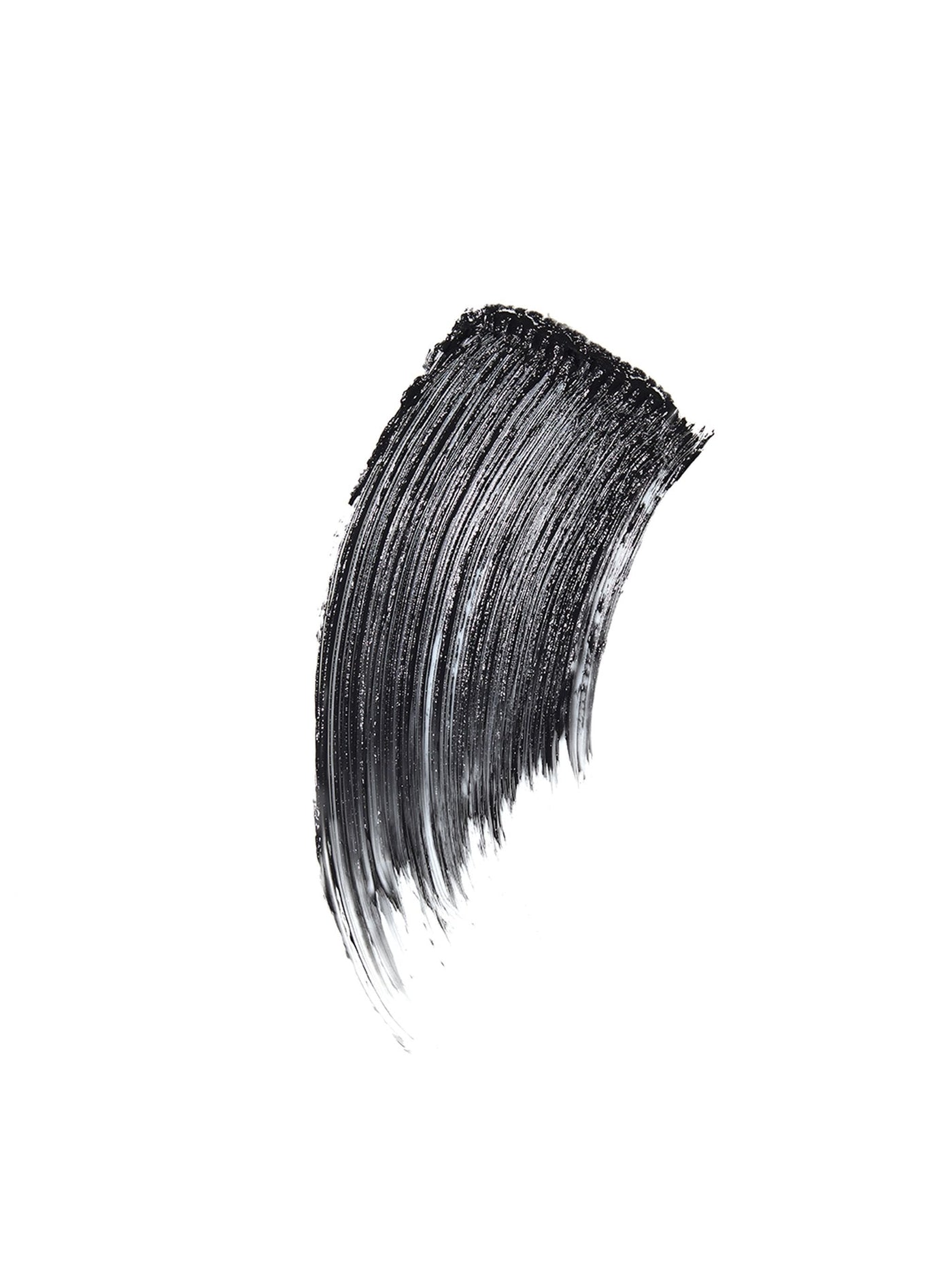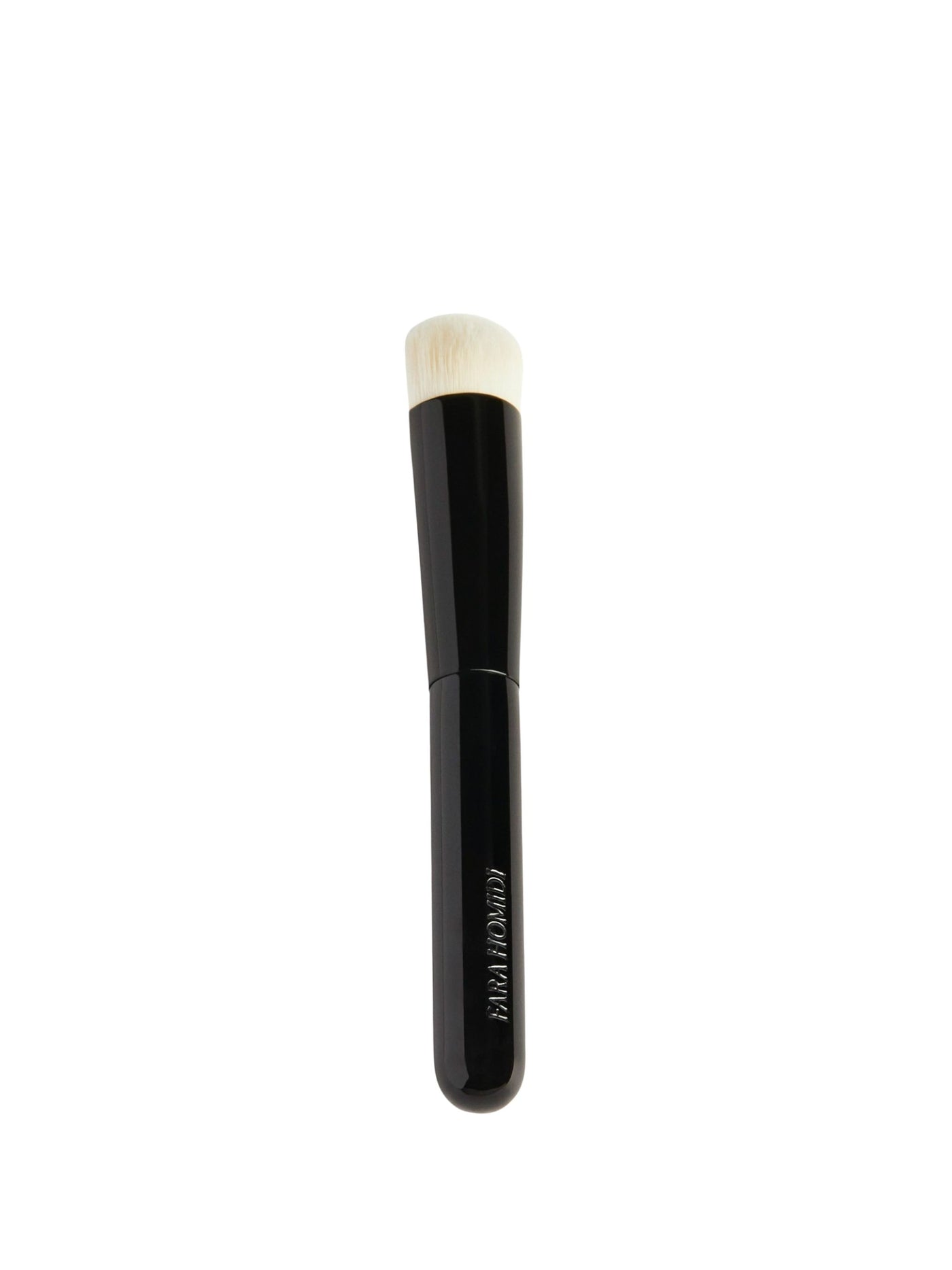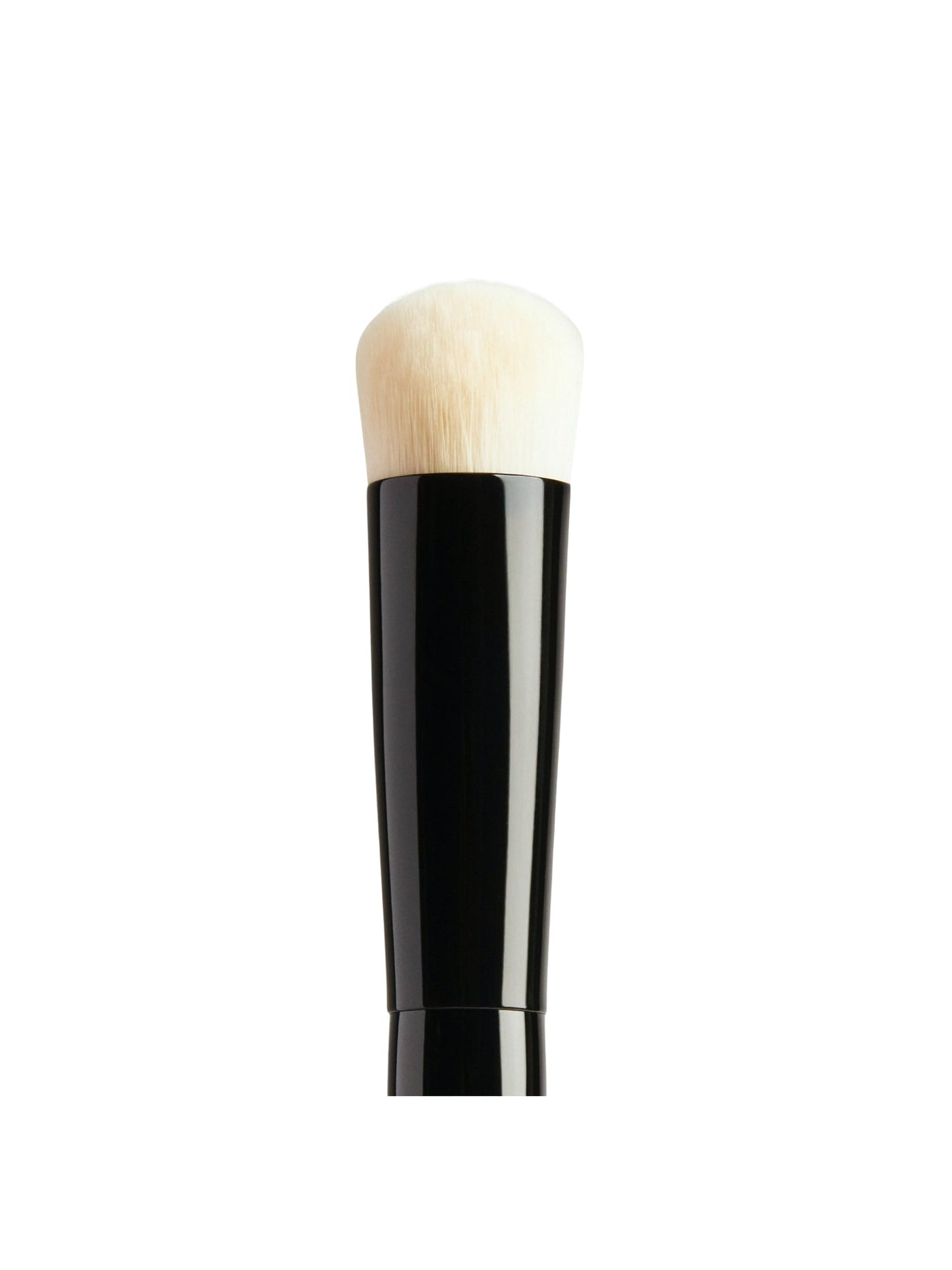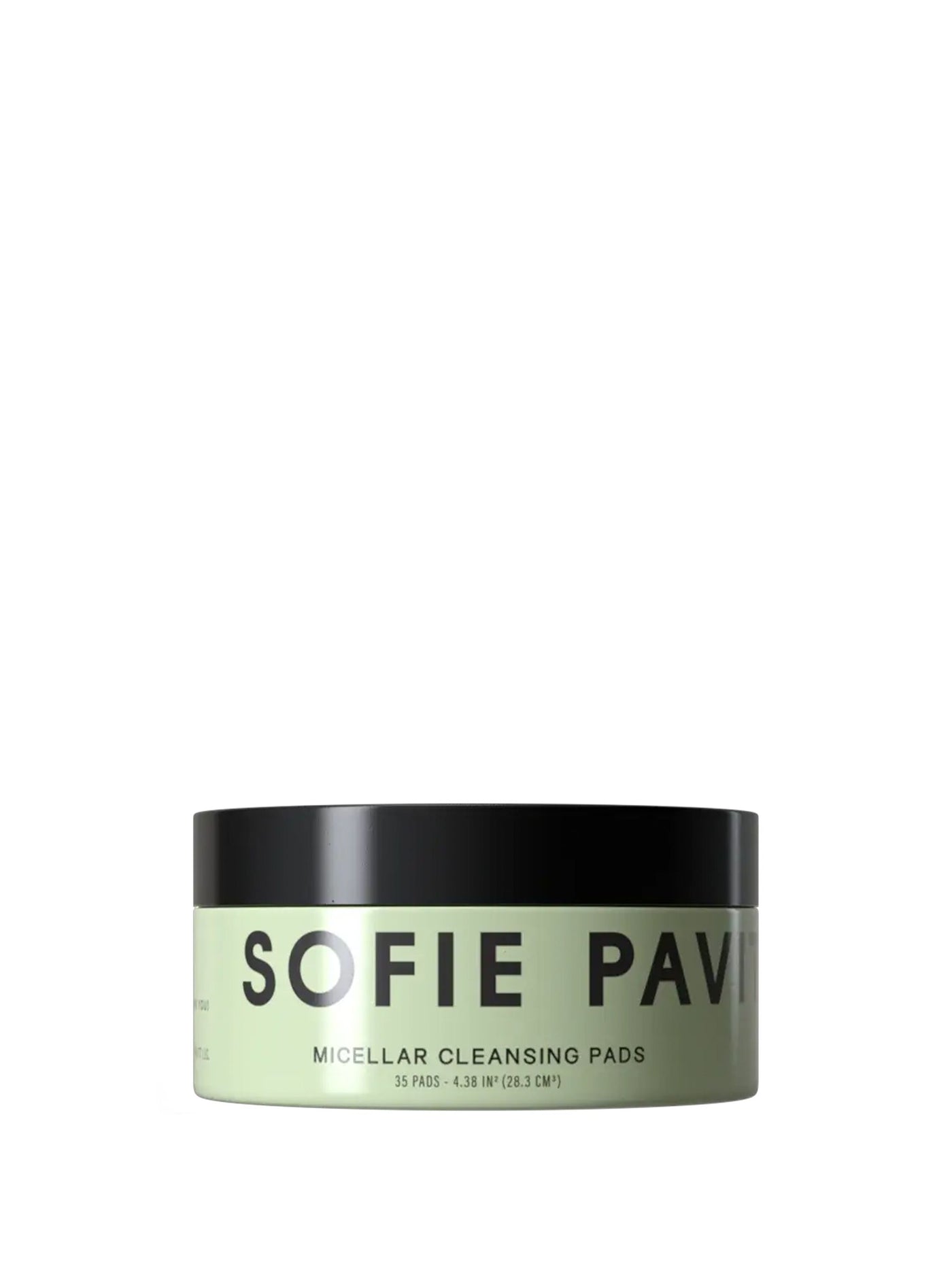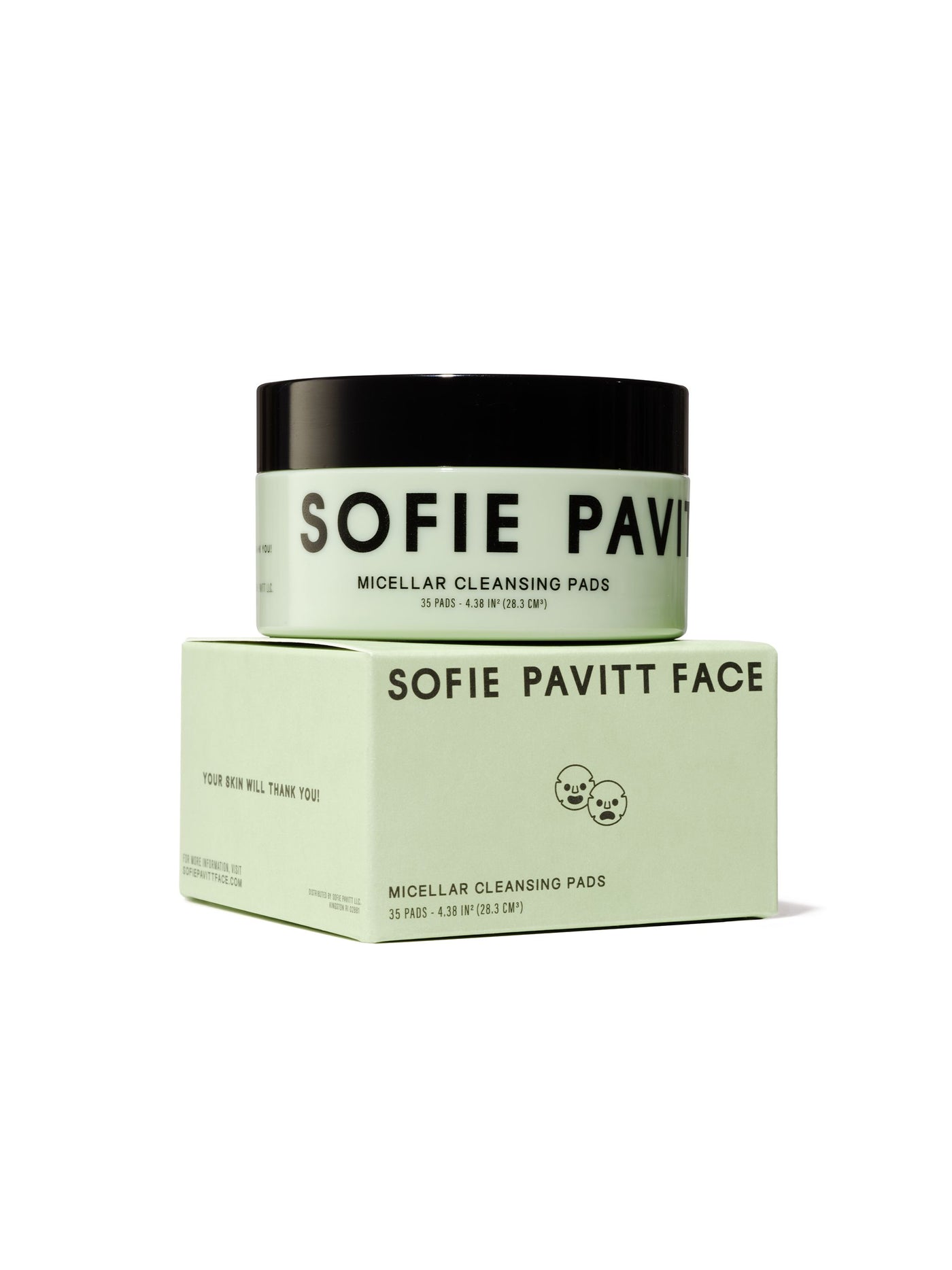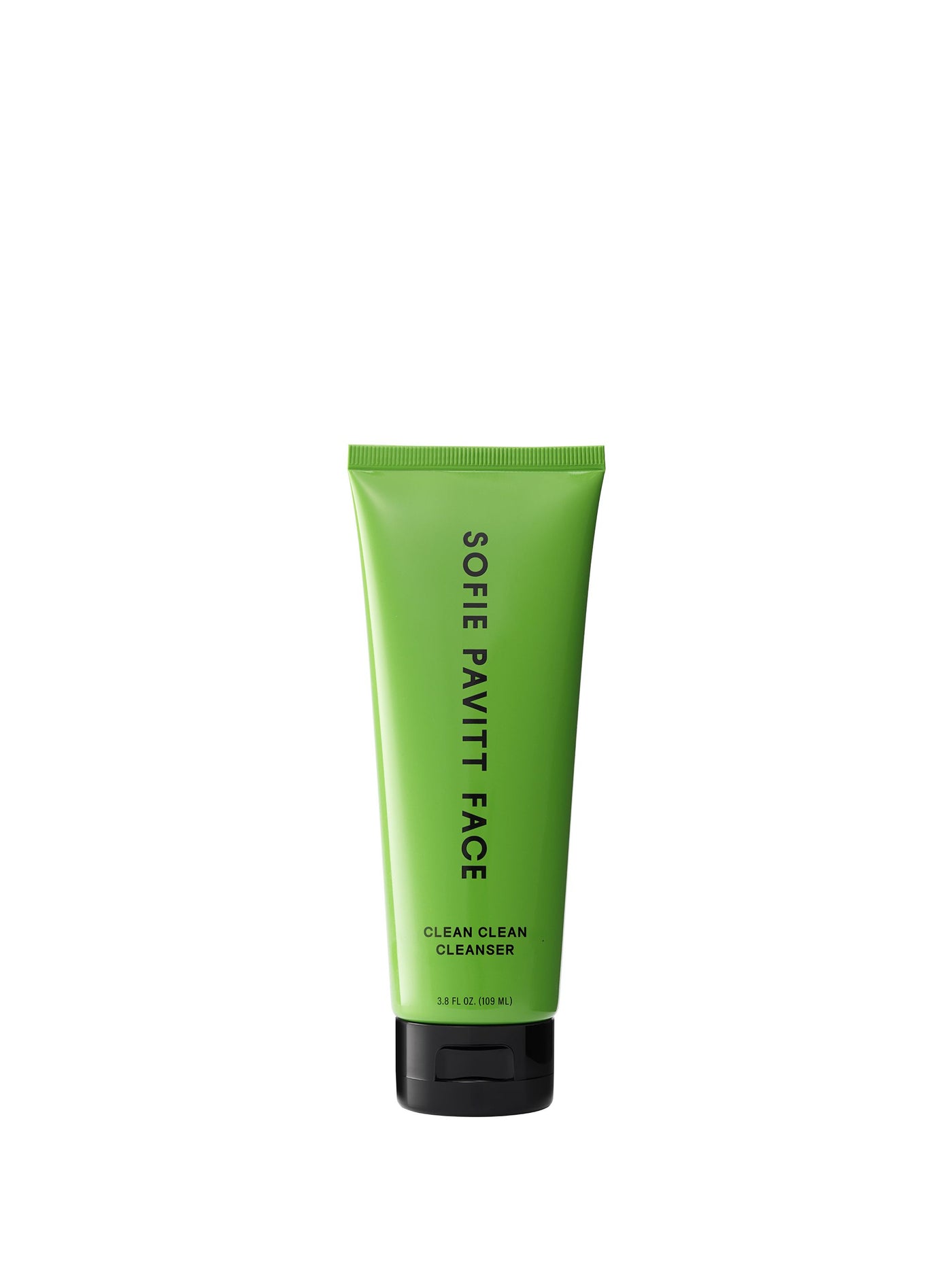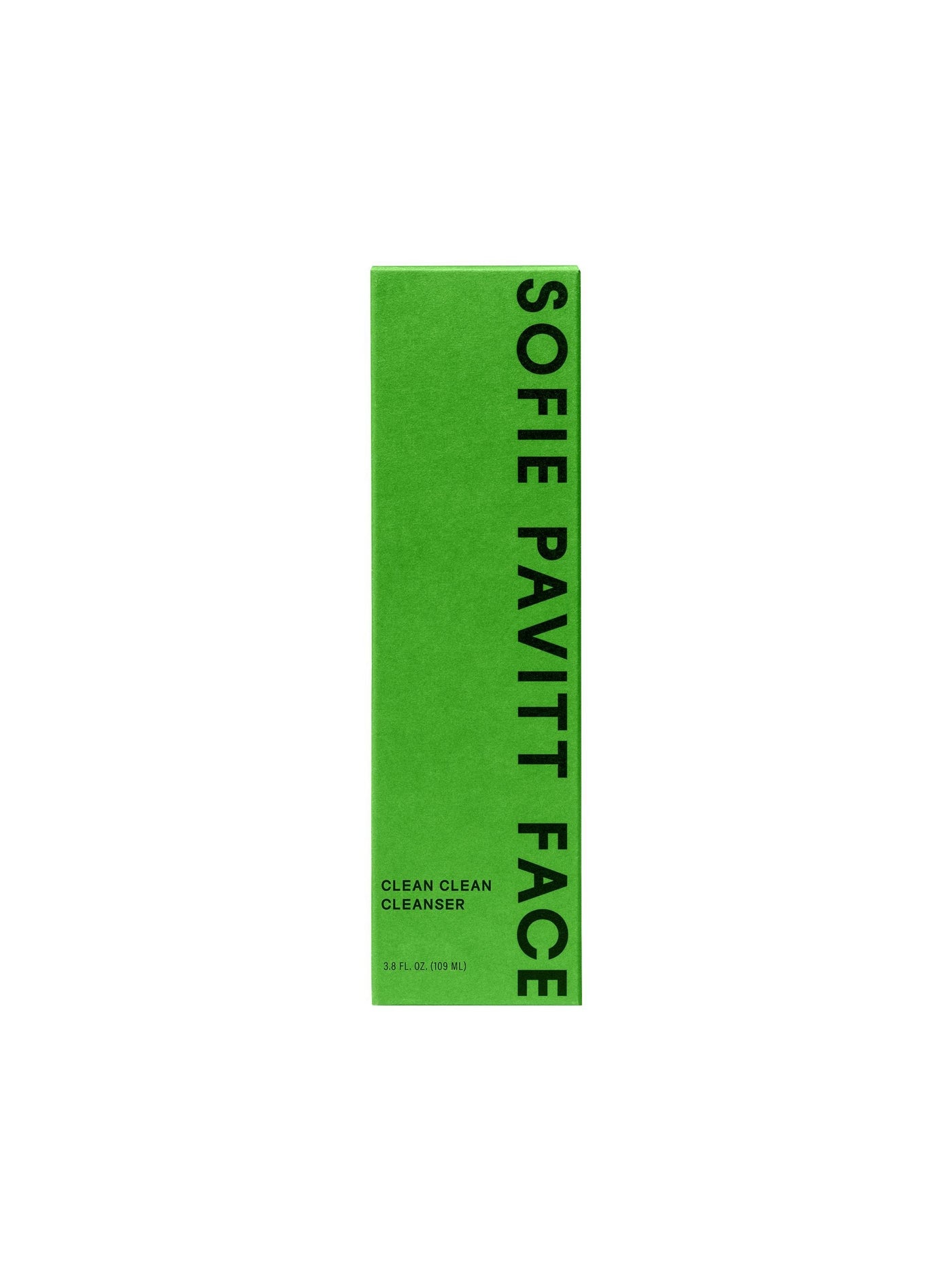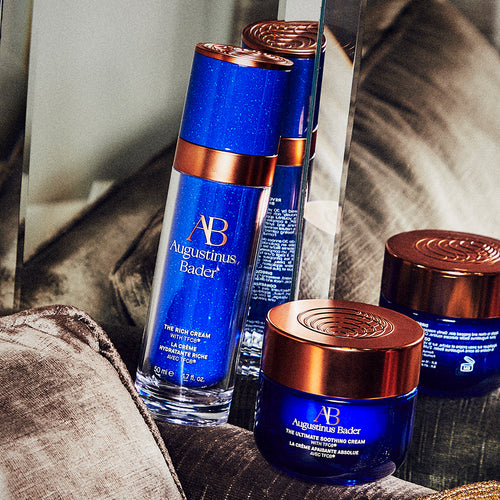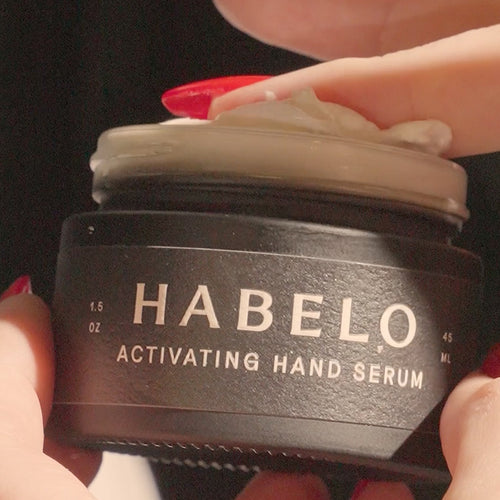THE SKIN CARE INGREDIENTS THAT REALLY WORK
![{"type"=>"root", "children"=>[{"type"=>"paragraph", "children"=>[{"type"=>"text", "value"=>"Selection of beauty products"}]}]}](http://www.violetgrey.com/cdn/shop/files/75a1609d-6ea3-4abb-9f4c-7cafbe2f2a10_decode-your-skin-care-ingredients-feature-desktop.png?v=1740449706&width=800
)
The skin care ingredient spectrum is both vast and constantly evolving, so you can be forgiven for finding it a challenge to keep the differences between your azelaics and alpha hydroxys straight. While more energy, consideration (and yes, memes too) may be collectively devoted to our skin care routines than ever before, efficiency, as with all those other facets of our daily lives, remains a top priority. With that in mind, we consulted with three consummate skin care professionals to build this indispensable glossary of active ingredients so you can make the smartest, and most effective decisions for your skin.
COLLAGEN-BOOSTERS FOR FINE LINES, WRINKLES, & EVERYTHING ELSE
VITAMIN A (AKA RETINOL): A group of vitamins that includes retinol, retinal, retinoic acid, and pro-Vitamin A (carotenoids). “All of them (except for the carotenoids) can be called retinol, which can be quite confusing,” says chemist and brand founder Marie Veronique Nadeau. But their wrinkle-fighting, complexion-perfecting abilities are more straightforward. Retinol’s communication skills (with your cells at least) are masterful. “It has the ability to connect with almost any skin cell receptor site and tell it to behave like a healthy, younger skin cell,” says NYC dermatologist, Dendy Engelman, MD. Ideal for treating acne and preventing premature signs of aging, it can also reverse photo-aging damage. “With continued usage over time you can see an improvement in fine lines and wrinkles, tone, texture, and a strengthening of the skin barrier.”
Rules of engagement: Nadeau recommends introducing retinol into your regimen in your 30s and using it regularly starting at age 40. Do not use while pregnant or with other traditional acne ingredients (like benzoyl peroxide and salicylic acid), glycolic acid, lactic acid, and other AHAs. It does play well with vitamin C if collagen building is your goal, and really, when is it not?
AMINO ACIDS (AKA PEPTIDES): The building blocks of proteins, amino acids make up the structure of our skin. The longstanding ingredient is used to deliver messages to cells to stimulate collagen production. “[They are] absolutely crucial for building collagen and elastin, and a deficiency of them means skin can become dry and wrinkled way before its time,” says Nadeau.
Rules of engagement: Look for topical peptides in skin products, which are chains of amino acids that can benefit the skin, according to Dr. Engelman. Can be used daily.
EXFOLIANTS FOR SMOOTHING & CONTROLLING ACNE
ALPHA HYDROXY ACIDS: A group of natural acids including citric, glycolic, lactic, malic, and tartaric acids that are ideal brighteners and exfoliators. “They target different skin concerns by breaking down the cellular bonds so dead skin cells can be removed from the top layer of the skin,” says Dr. Engelman. Glycolic, which is derived from sugarcane, is the smallest acid size-wise. That means the molecules can do a deep dive into skin. “It’s very effective in breaking down skin cells and removing dead particles, and is a great anti-aging ingredient as it boosts collagen and elastin production, with the removal of the waste and dead skin cells,” Dr. Engelman explains. Of the family of AHAs, lactic is the gentlest exfoliator and therefore ideal for anyone whose skin skews more sensitive. “It improves discoloration and age spots and, because it’s derived from dairy, it aids in correcting pH imbalances,” says Dr. Engelman.
Rules of engagement: Best when used in moderation, not more than one or two times a week, unless formulated to be buffered or neutralized like in Dr. Dennis Gross Alpha Beta Universal Daily Peel.
BETA HYDROXY ACIDS: Acids that are lipid soluble (versus AHAs which are water soluble) so they penetrate deeper into the skin. “Like Drano for the pores,” adds Nadeau. “BHAs improve the skin by removing the top layers through weakening the lipids that bond them together, thus removing dull and dead skin cells and revealing healthy ones,” Dr. Engelman explains. Salicylic acid, the most well-known beta hydroxy acid derived from willow bark, is an indispensable tool for acneic skin and congested pores. “It’s anti-bacterial, anti-comedogenic, and has keratolytic (keratin dissolving) properties, meaning it can actually penetrate into the pores to dissolve dead skin cell buildup and encourage the shedding of the top layer of skin. That prevents them from becoming congested and helps regulate cell turnover,” Dr. Engelman explains.
Rules of engagement: For adult acne, Nadeau likes to use these in combination with lactic acid to keep skin both clear and moisturized.
BRIGHTENERS FOR ALL OVER GLOW
VITAMIN C: A naturally occurring antioxidant compound. Most skin pros will agree that a well formulated vitamin C is a powerful and essential addition to any regimen. “We are one of very few mammals who don’t synthesize vitamin C so we must get it in our diets to prevent scurvy and topically from serums if we want to maintain good collagen levels,” says Nadeau. Apply it consistently and it will also boost glow and even out spots.
Rules of engagement: Nadeau recommends using it daily in a good serum (steer clear of powder forms as they might irritate or cause photosensitivity) along with a sunscreen for extra protection or nightly along with a retinol for the synergistic effects. Dr. Engelman cautions against using any vitamin C with AHAs because they can cancel each other’s effects or simply be irritating to the skin.
NIACINAMIDE: A form of vitamin B3. “Along with retinol and Vitamin C, niacinamide is the other star in the anti-aging firmament,” says Nadeau. “For aging skin, which tends to have a loss of hydration, niacinamide nourishes, calms redness and inflammation, and helps reduce hyperpigmentation while reinforcing the skin barrier,” adds Dr. Engelman.
Rules of engagement: A serum with niacinamide can be used nightly (Nadeau recommends looking for a concentration of 5 to 10%) along with a retinol.
HYDRATORS FOR SERIOUS MOISTURE
HYALURONIC ACID: A sugar (or more specifically a long chain disaccharide molecule of repeating units of glucosamine and glucuronic acid) found naturally in the body. Simply put, it’s a moisturizing wonder. “Hyaluronic acid (or HA) can hold up to 1000x its weight in water, so when applied, it creates a barrier for the skin, locking in moisture and improving texture,” says Dr. Engelman. And, as we age, it becomes that much more important in our routines. “While we biosynthesize hyaluronic acid, it’s another thing we synthesize less of as we get older, about 1% less per year after the age of—you guessed it—30,” adds Nadeau.
Rules of engagement: Apply it topically as often as you’d like when you need an extra dose of hydration.
CERAMIDES: A chain of waxy lipid molecules found in the skin’s stratum corneum (outer layers); they comprise 50% of the skin barrier. Dr. Alexiades likes to refer to them as “the cement of the skin.” Ceramides are, to put it plainly, essential for optimal barrier function. “The lipid layer locks in moisture and acts as a barrier against pollution, bacteria, and other assailants, and when this first line of defense is compromised, the skin is at risk of rapid aging,” says Dr. Engelman. “Ceramides help restore the skin’s barrier by holding the cells together, making it feel smoother, plumper, and more moisturized.” And just like with hyaluronic acid, we start to produce less ceramides around age 30, Nadeau adds, which means replacing ceramides topically becomes that much more important.
Rules of engagement: Use generously. Ceramides play well with any other ingredients.
SQUALENE: A naturally-occurring lipid. A skin protector and hydrator which, you guessed it, starts to dip after age 30. “At birth about 12% of our skin surface is made of squalene, in our mid to late twenties its production begins to decline quite rapidly, and by 50 it drops to below 5%,” says Dr. Engelman. The secret to lab-formulated squalene’s skin success? Its molecular structure resembles our own. “The similarity allows it to penetrate the skin completely and synthesize quickly, so it won’t clog pores or leave a greasy residue.”
Rules of engagement: Can be used regularly as part of your moisturizing routine
ANTIOXIDANTS FOR PROTECTION & REPAIR
GREEN TEA: A genus of tea from the leaves of the Camellia sinensis plant. “It’s the most well studied and potent antioxidant,” says Dr. Alexiades. The compounds of green tea are called polyphenols, a class of bioflavonoids which have been demonstrated to have not only antioxidant, but also anti-cancer, antiviral, and antibacterial properties, adds Nadeau. Applied topically to the skin, green tea calms inflammation and reduces the appearance of redness.
Rules of engagement: Use topically and drink on the regular. Come beach season, Nadeau likes to make a green tea spray at home to bring along for intermittent spritzes.
RESVERATROL: A polyphenolic compound found in red grape skins and Japanese knotweed. “A master anti-ager that works in the cells to help them live longer,” says Dr. Alexiades. What gives resveratrol its potency are the powerful antioxidants, known as polyphenols, that it contains. “They help protect the skin against free radical assaults by neutralizing oxidative stress that can cause cell damage,” adds Dr. Engelman.
Rules of engagement: Can be used both topically and taken internally.
VITAMIN E: A lipid soluble vitamin. An antioxidant relied on for its gentle, anti-aging benefits. “Ceramides, cholesterol and fats are present in the membranes of skin cells and are the basis of the building blocks of skin’s outermost layer, and vitamin E is the glue that holds everything together,” Dr. Engelman explains.
Rules of engagement: Like the peanut butter to your sandwich’s jelly, Dr. Alexiades, Nadeau, and Dr. Engelman all underscore that vitamin E is elevated by the presence of vitamin C. “C and E recycle their electrons so they continue to work longer as antioxidants when both are present,” adds Nadeau. “You need that feedback loop.”


